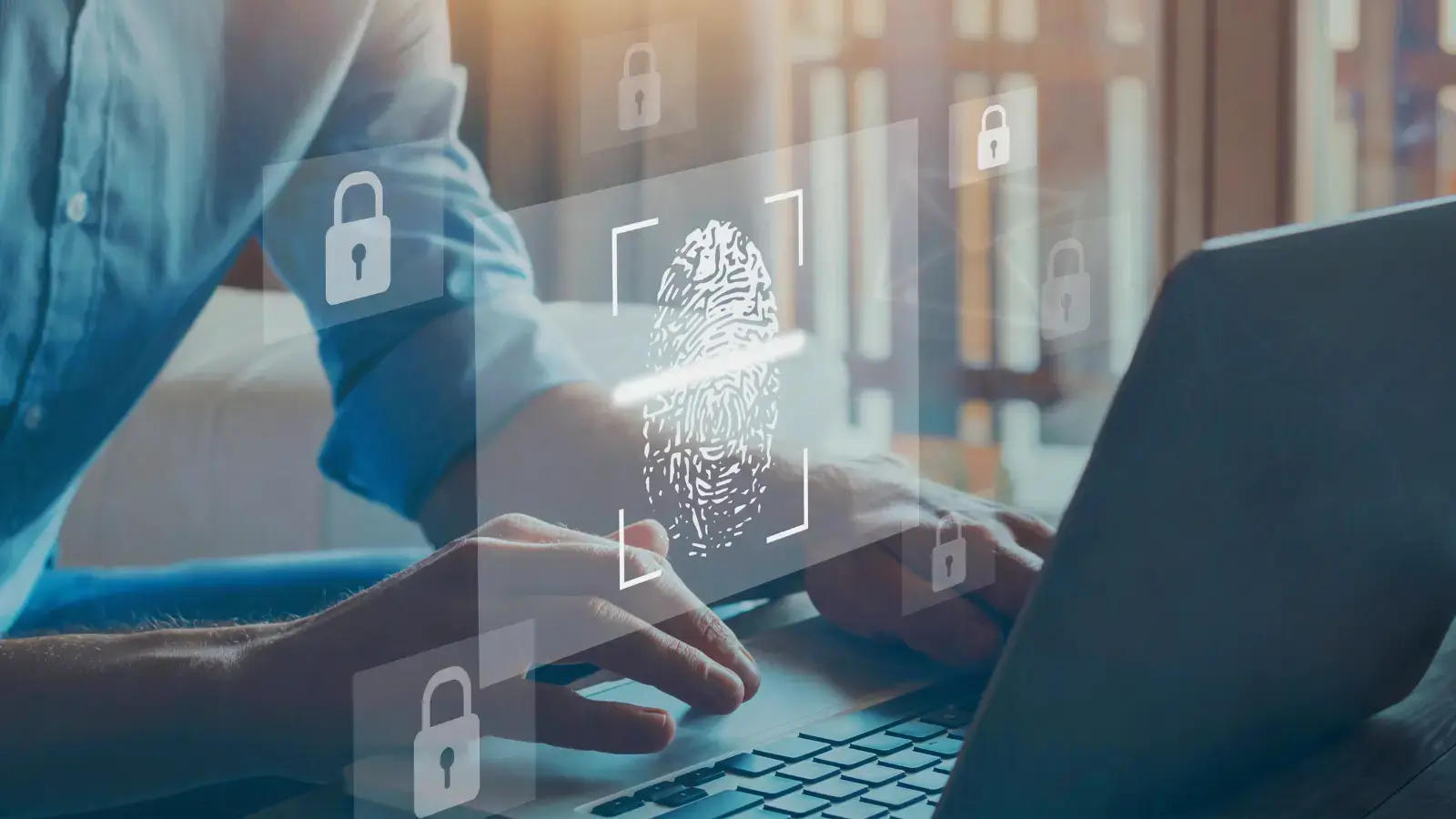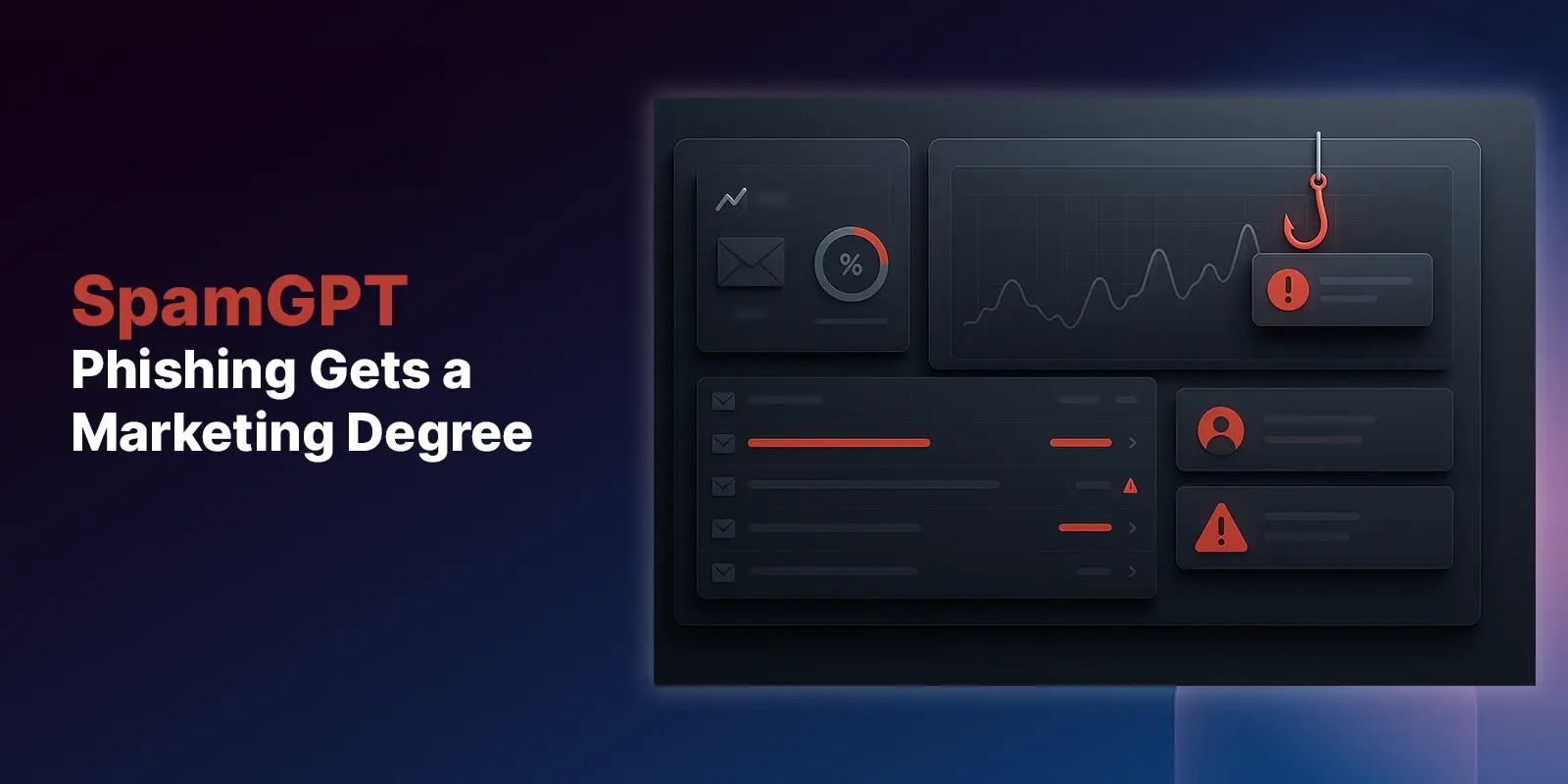Table of Contents
With email being the primary entry point for most cyber attacks, robust email security has never been more critical. To stay ahead of emerging threats, you need a proactive approach that ensures your systems and people are equipped to handle any email-based attack. This is where building a cyber-resilient culture comes into play.
This post provides three essential steps to building a security-aware organization to defend against advanced phishing attacks.
Strengthen Your Email Security and Build Cyber Resilience
1. Assess Your Current Security Posture
Many organizations recognize that legacy Secure Email Gateway (SEG) solutions don't deliver effective phishing protection. However, they may not realize how many phishing emails slip through these defenses and end up in users' inboxes, leaving the organization vulnerable. Even with strong technical measures in place, untrained employees can still be a significant risk.
To build a cyber-resilient organization, it's essential to assess both your technical defenses and the human element. This means identifying security gaps, understanding the threats you face, and evaluating your employees' readiness to handle potential attacks.
Tips for Achieving This:
- Audit Phishing Risks: Audit your email environment for phishing risks by leveraging tools that do a 90-day scanback to uncover hidden threats and vulnerabilities.
- Phishing Simulations: Regularly run phishing simulations to identify users needing additional training.
- Targeted Training: Provide security awareness training to strengthen your team's ability to recognize and respond to phishing attempts.
2. Implement Adaptive Email Security Solutions
Many traditional email security solutions rely on static rules and outdated methods that struggle to keep up with cybercriminals' ever-evolving tactics. This leaves organizations vulnerable to sophisticated phishing attacks that easily bypass these defenses and land in users' inboxes. As attackers continuously adapt their methods, it's crucial that your email security evolves just as quickly.
To effectively protect your organization, consider implementing adaptive email security solutions that use adaptive AI and machine learning. These advanced systems can detect and respond to new threats in real time, continuously learning from each attempt to improve their defenses. By adopting these adaptive tools, you can stay one step ahead of cybercriminals and reduce the chances of a successful attack.
Tips for Achieving This:
- AI-Powered Tools: Invest in email security solutions that use adaptive AI to identify emerging threats automatically.
- Incident Response Playbooks: Use automated remediation that triggers immediate responses to detected threats, reducing response times.
3. Empower Employees with Continuous Security Training
Even the most advanced email security systems can't fully protect your organization if your employees aren't equipped to recognize and respond to threats. Without ongoing training, your team might not be prepared to handle these threats, leaving your organization exposed.
Empowering your employees through regular security training is crucial to building a cyber-resilient organization. Regular phishing simulations and personalized training programs help keep security top of mind and improve your team's ability to identify and respond to potential threats. By making security awareness an ongoing priority, you create a stronger, more vigilant workforce that acts as the first line of defense against attacks.
Tips for Achieving This:
- Phishing Simulations: Conduct regular phishing simulations to reinforce learning and identify areas where additional training is needed.
- Interactive Training: Use engaging, interactive training methods that make security awareness more effective and memorable.
- Tailored Programs: Offer personalized training that addresses the specific needs and risks different teams within your organization face.
Explore More Articles
Say goodbye to Phishing, BEC, and QR code attacks. Our Adaptive AI automatically learns and evolves to keep your employees safe from email attacks.

/Concentrix%20Case%20Study.webp?width=568&height=326&name=Concentrix%20Case%20Study.webp)













.webp?width=100&height=100&name=PXL_20220517_081122781%20(1).webp)

.png)
